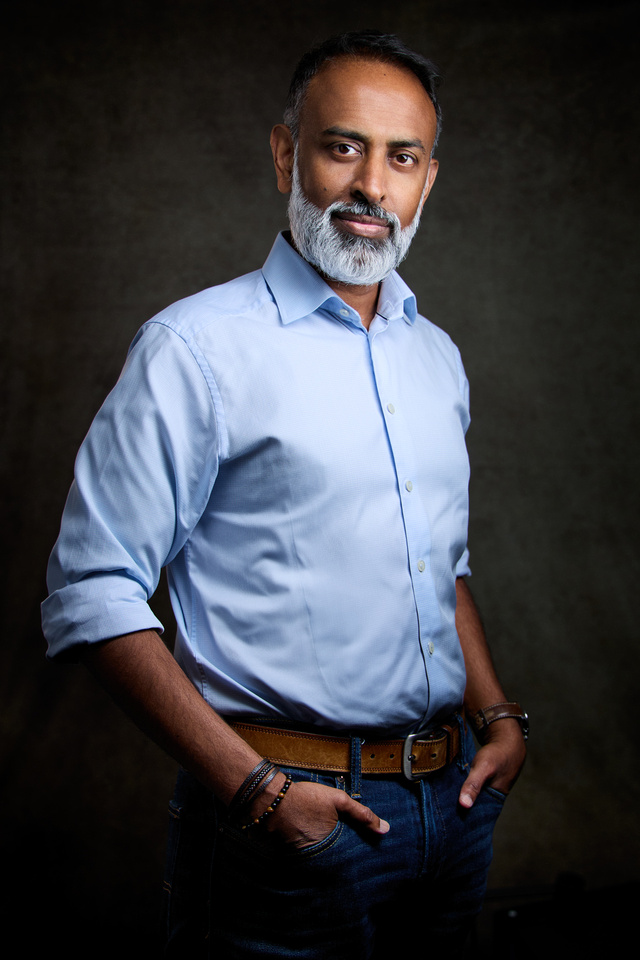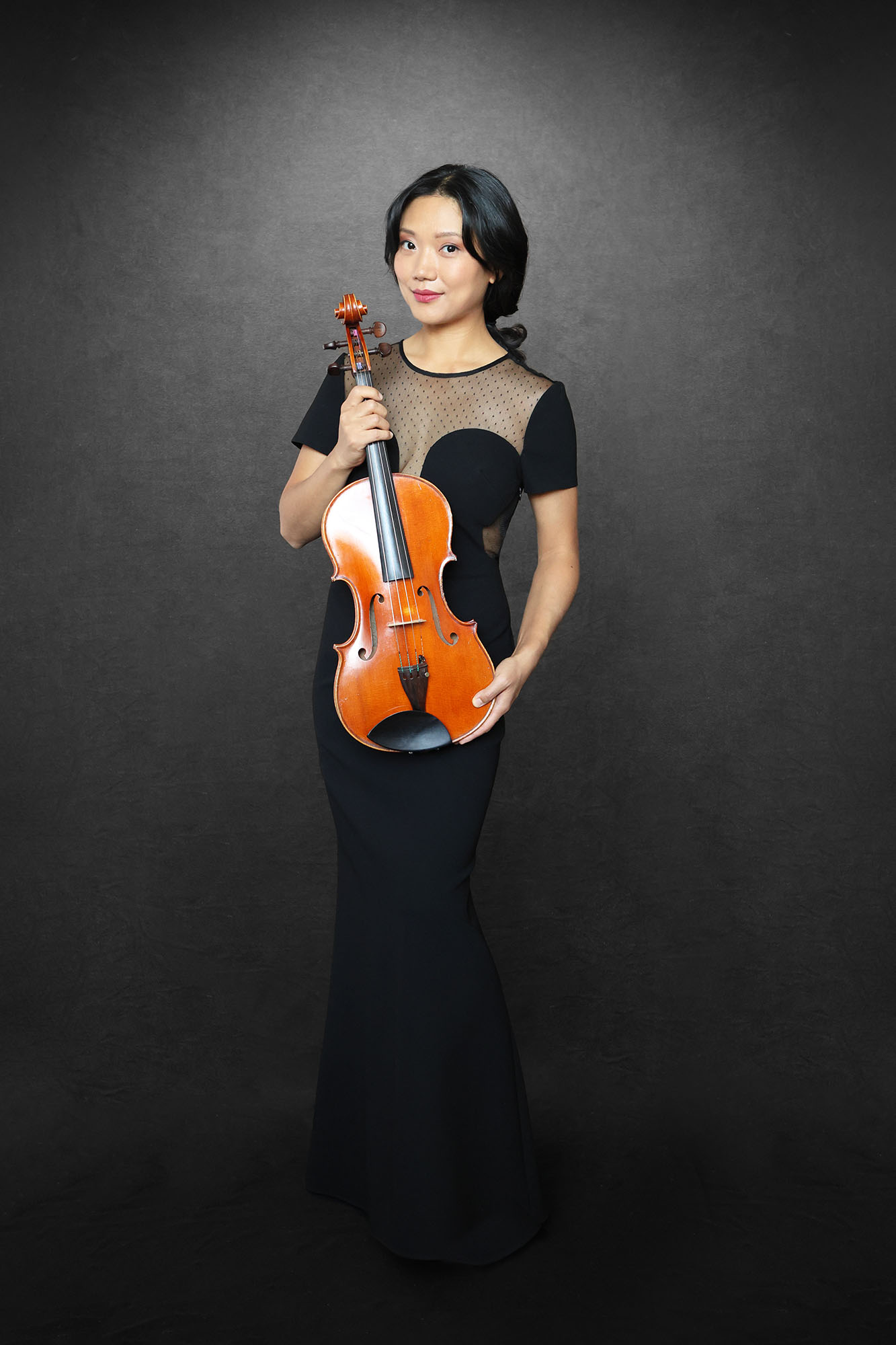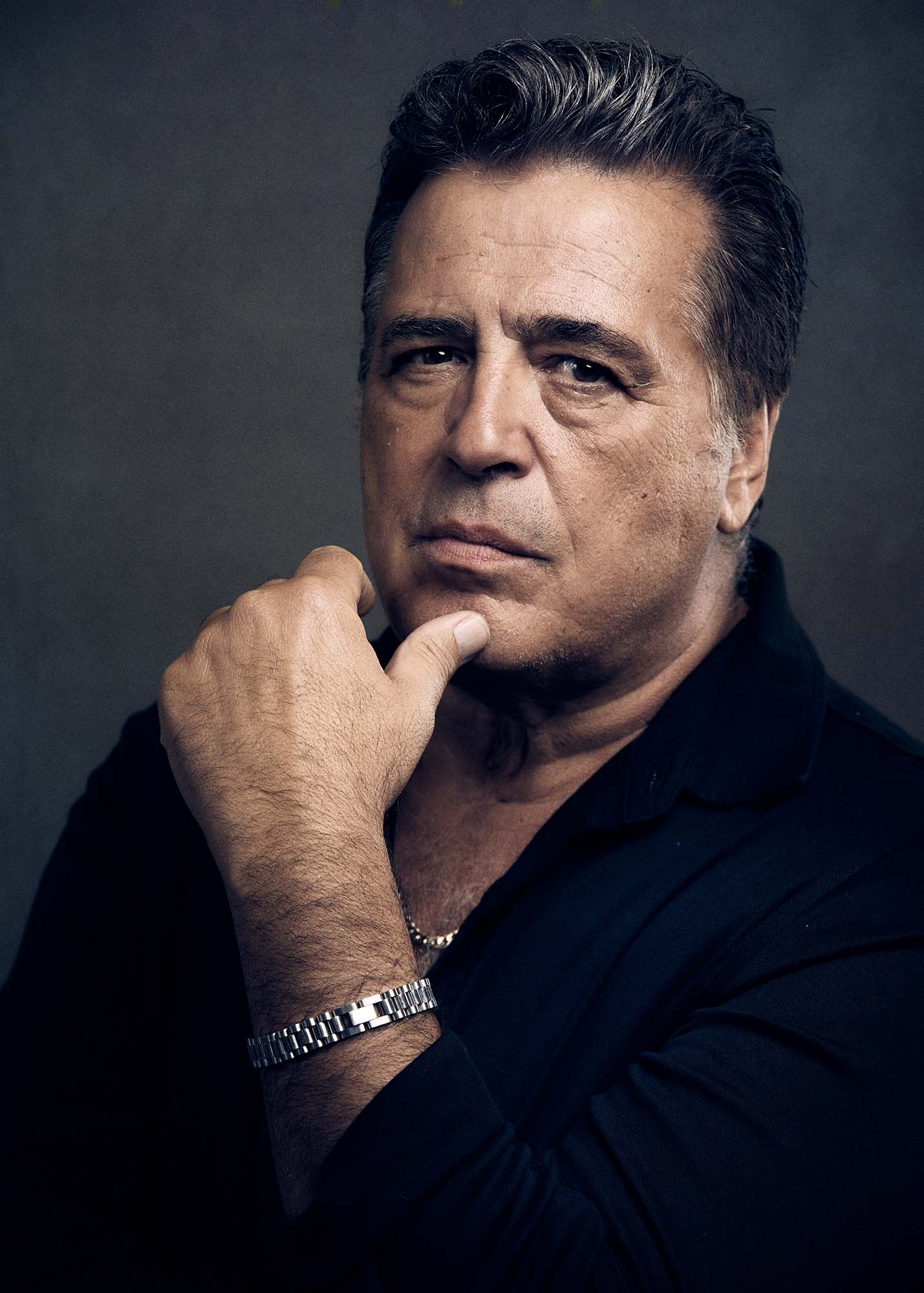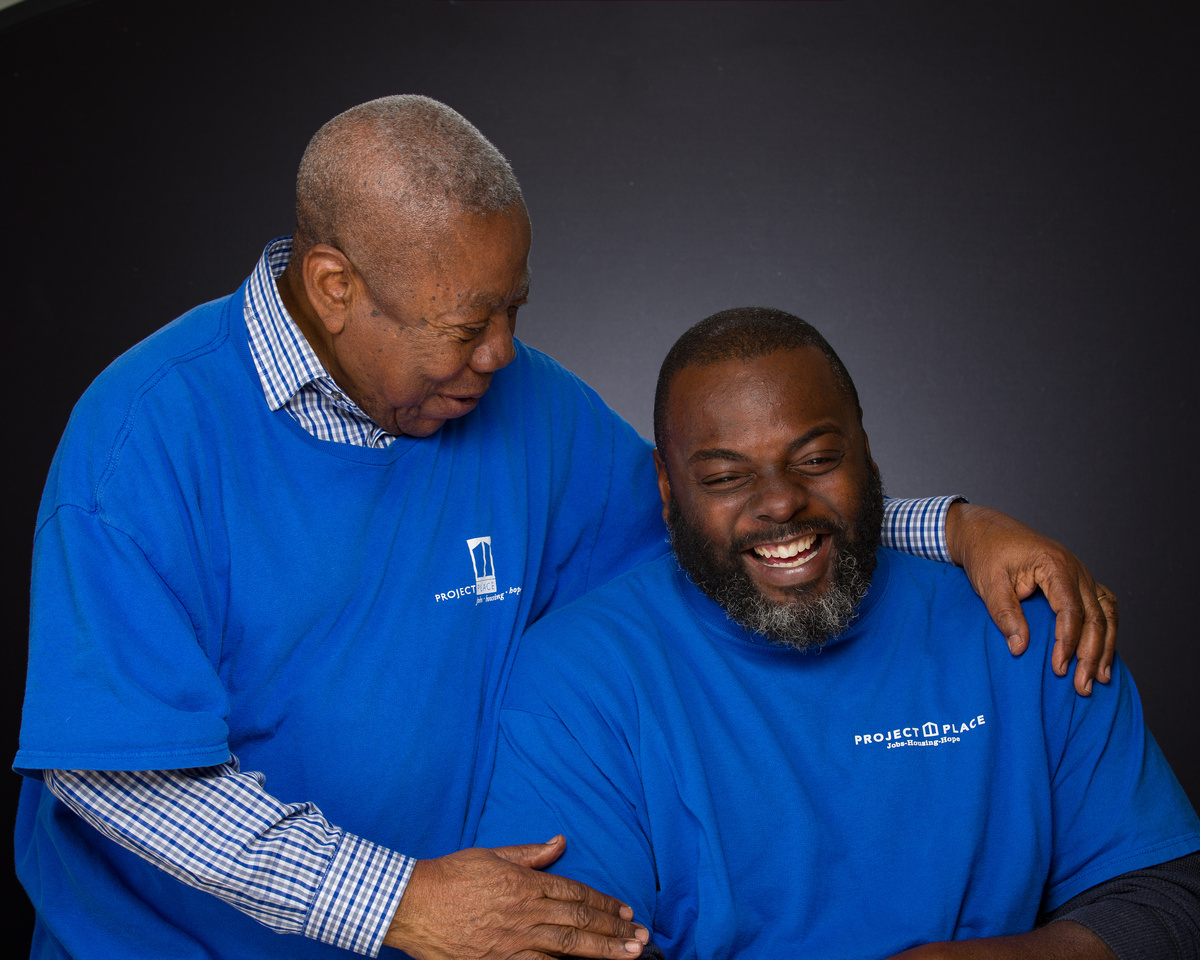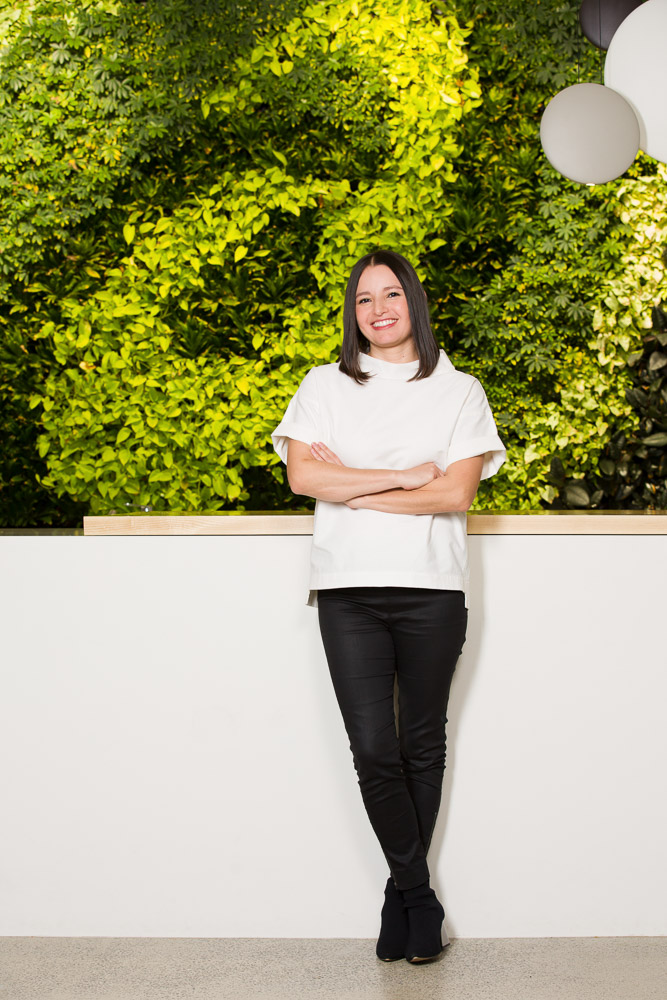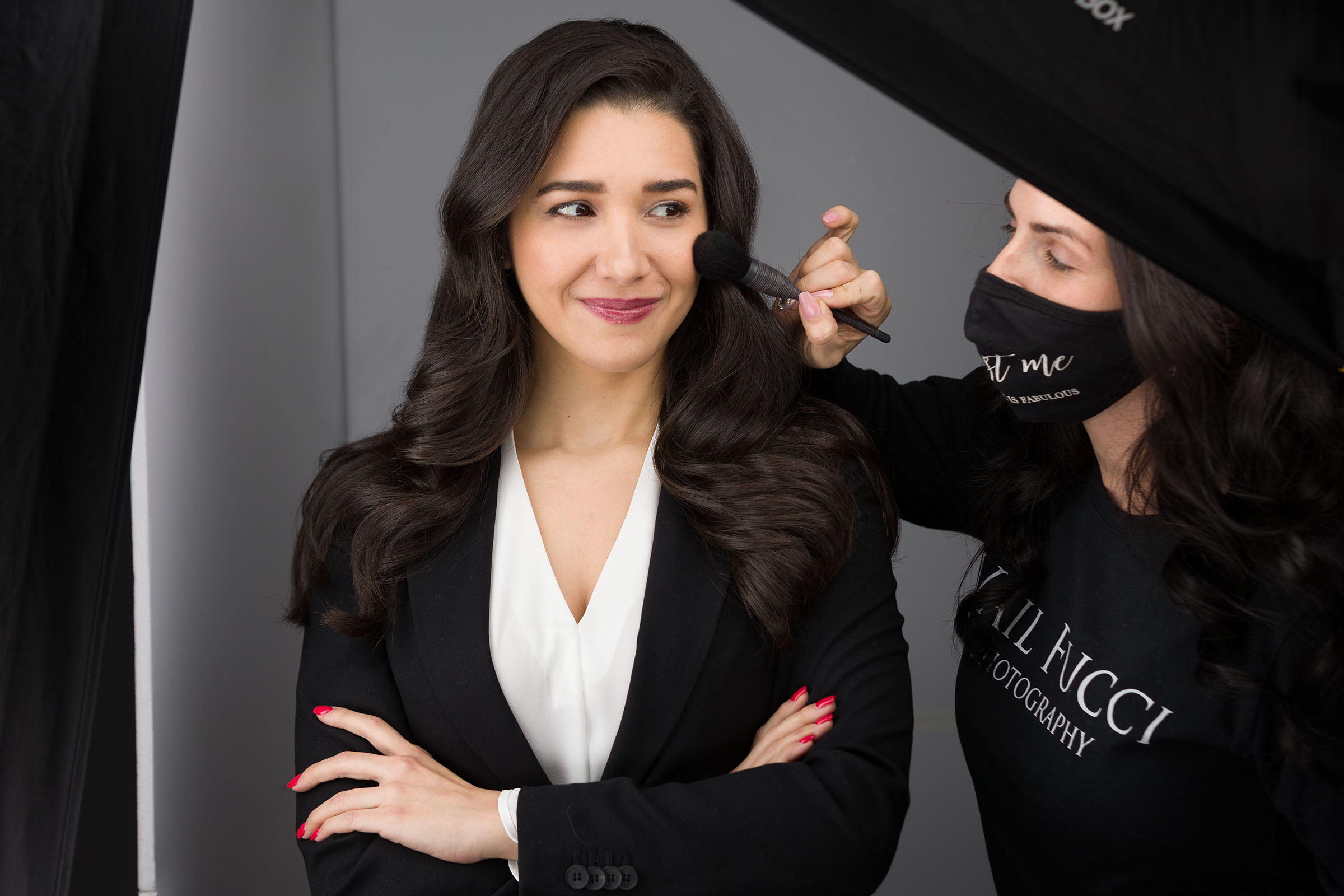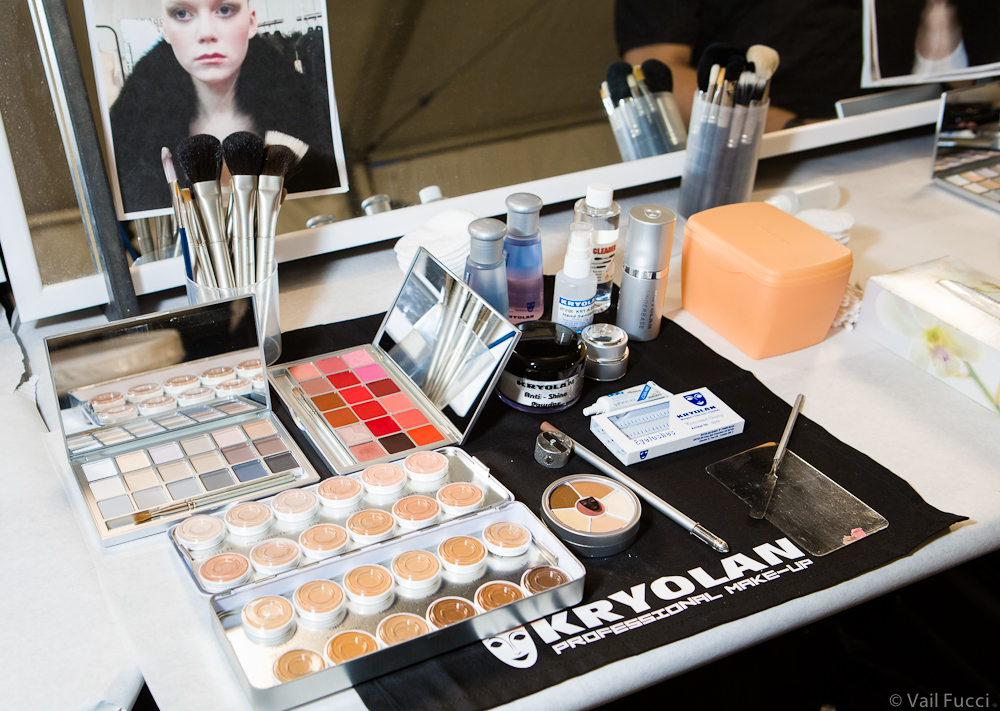Editorial Portrait Photography in Newton, MA
For Professionals, Personal Branding, and High School Seniors
Professional Headshots & Personal Branding
Today, your first impression often happens online. A high-quality headshot or branding portrait can set you apart and communicate trust, professionalism, and personality in seconds. Whether you’re a lawyer, startup founder, author, consultant, or creative, we’ll tailor your session to match your industry, vibe, and goals. Choose from sleek business formal looks, approachable casual shots, or something more editorial and bold. You’ll leave with images perfect for LinkedIn, your website, speaking engagements, press kits, and more.
Creative and Artistic Portraits
Sometimes you want portraits that go deeper—images that are more expressive, personal, or artistic. Whether you’re commemorating a milestone, reclaiming your self-confidence, or just craving something beautifully different, we offer creative portrait sessions that push beyond the traditional. With a studio full of unique backdrops, props, and lighting setups, we’ll design a session that reflects your vision, story, and individuality. Our Newton portrait studio is designed for comfort and creativity. You’ll have full access to a variety of backdrops and studio lighting setups. No distractions, no stress—just a relaxed environment where you can fully be yourself.
High School Senior Portraits
Your senior year is a once-in-a-lifetime moment—your portraits should be just as unique. At Vail Fucci Photography, we go beyond cookie-cutter senior photos to create bold, editorial-style portraits that celebrate who you are right now. Bring your favorite outfits, instruments, sports gear, or anything that expresses your personality. Every session includes expert posing direction, in-studio lighting, and creative backdrop choices, all designed to bring out the best in you. These aren’t just yearbook photos—they’re a celebration of everything you’ve achieved and who you’re becoming.
What’s included:
- One-on-one consultation to plan your look and style
- Guided posing and expression coaching from Vail (aka The Headshot Doctor)
- Real-time image previews during your shoot
- Professional retouching of the images you purchase
Additional Services Available:
- Hair and makeup can be made available on-site for the entirety of your shoot
Who we work with:
Our clients come from all over Greater Boston and beyond to our Newton studio. We frequently work with:
- Corporate professionals needing standout headshots
- High school seniors looking for stylish, personalized senior portraits
- Entrepreneurs, therapists, and creatives developing a personal brand
- Individuals seeking expressive, artistic portraits for personal use
Whether it’s your first professional photo shoot or your fiftieth, we’re committed to making the process comfortable, empowering, and—yes—actually fun.
We offer professional hair and makeup services onsite to ensure you look your absolute best for your photography session.
What Sets Us Apart
- Unmatched Expertise: Vail is a master of lighting, expression, and coaching—even if you think you’re “not photogenic.”
- Studio: By working in our Newton studio, we can fully control lighting, mood, and comfort—ensuring consistently stunning results in every season.
- Tailored Sessions: Your time in front of the camera is about you. We take the time to understand your goals, your insecurities, and your strengths—and we design everything around that.
- Speed and Service: You’ll see previews during the session, select your favorites immediately, and receive professionally retouched images quickly—often within a few days.
- Speed and Service: You’ll see previews during the session, select your favorites immediately, and receive professionally retouched images quickly—often within a few days.



